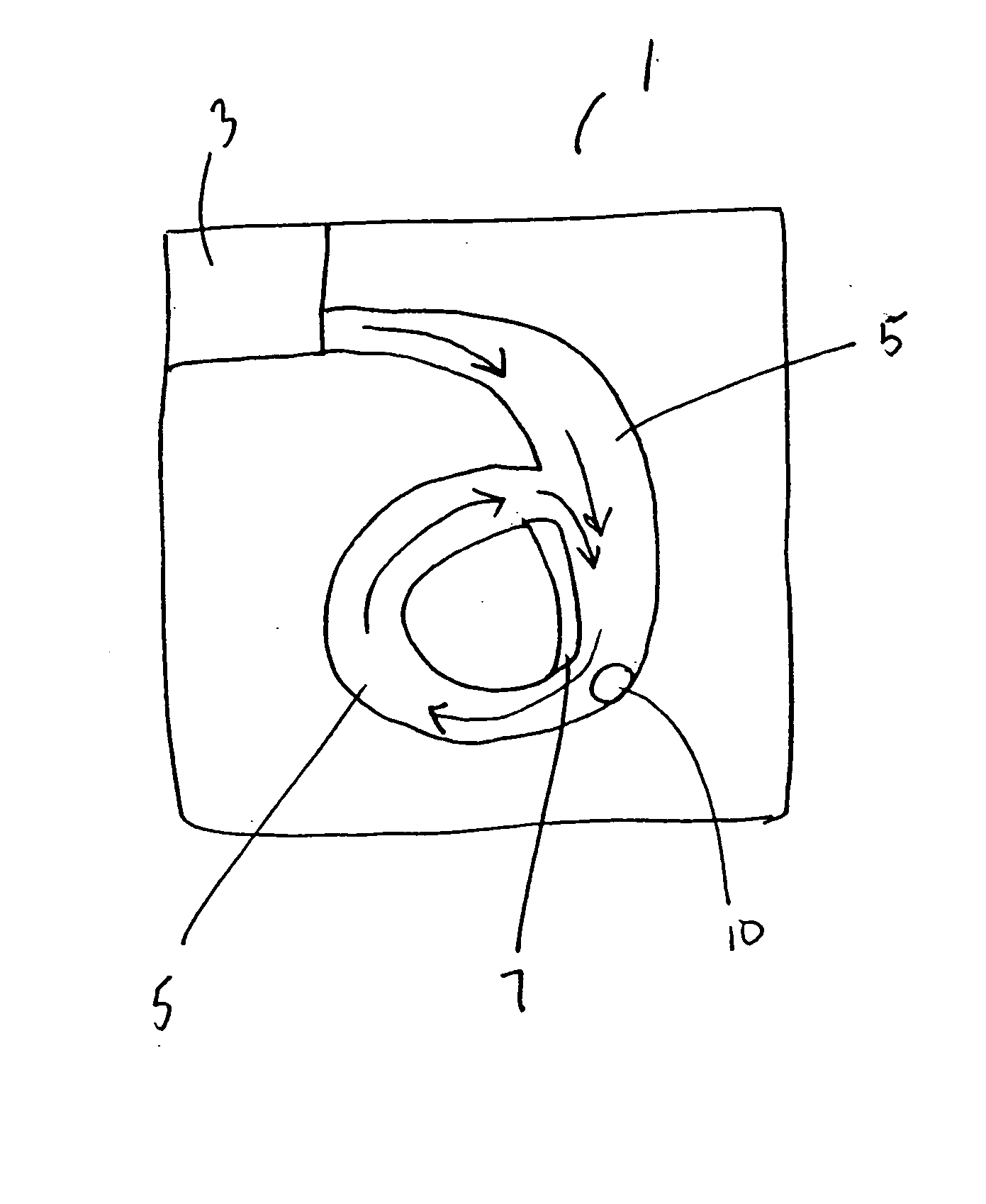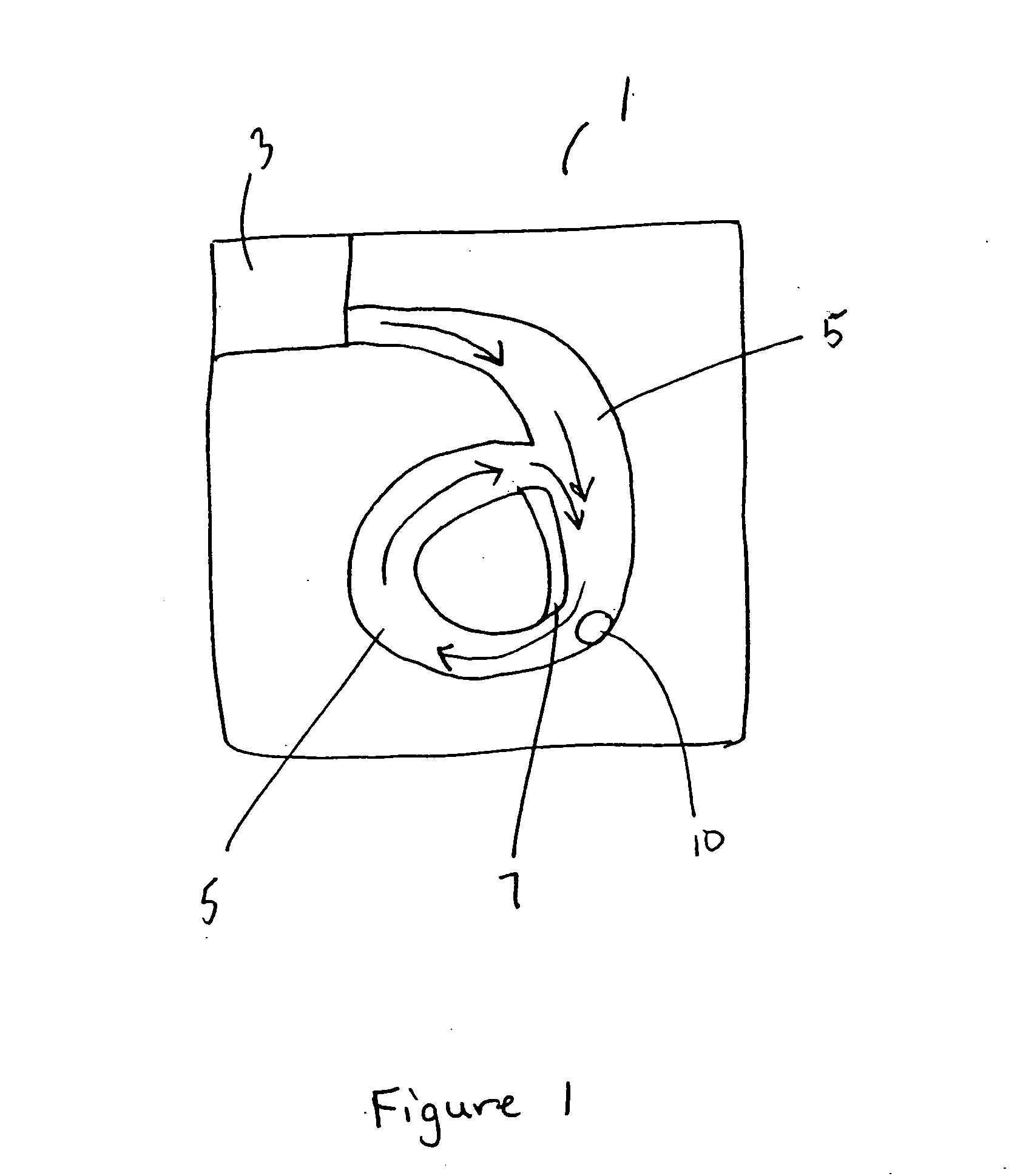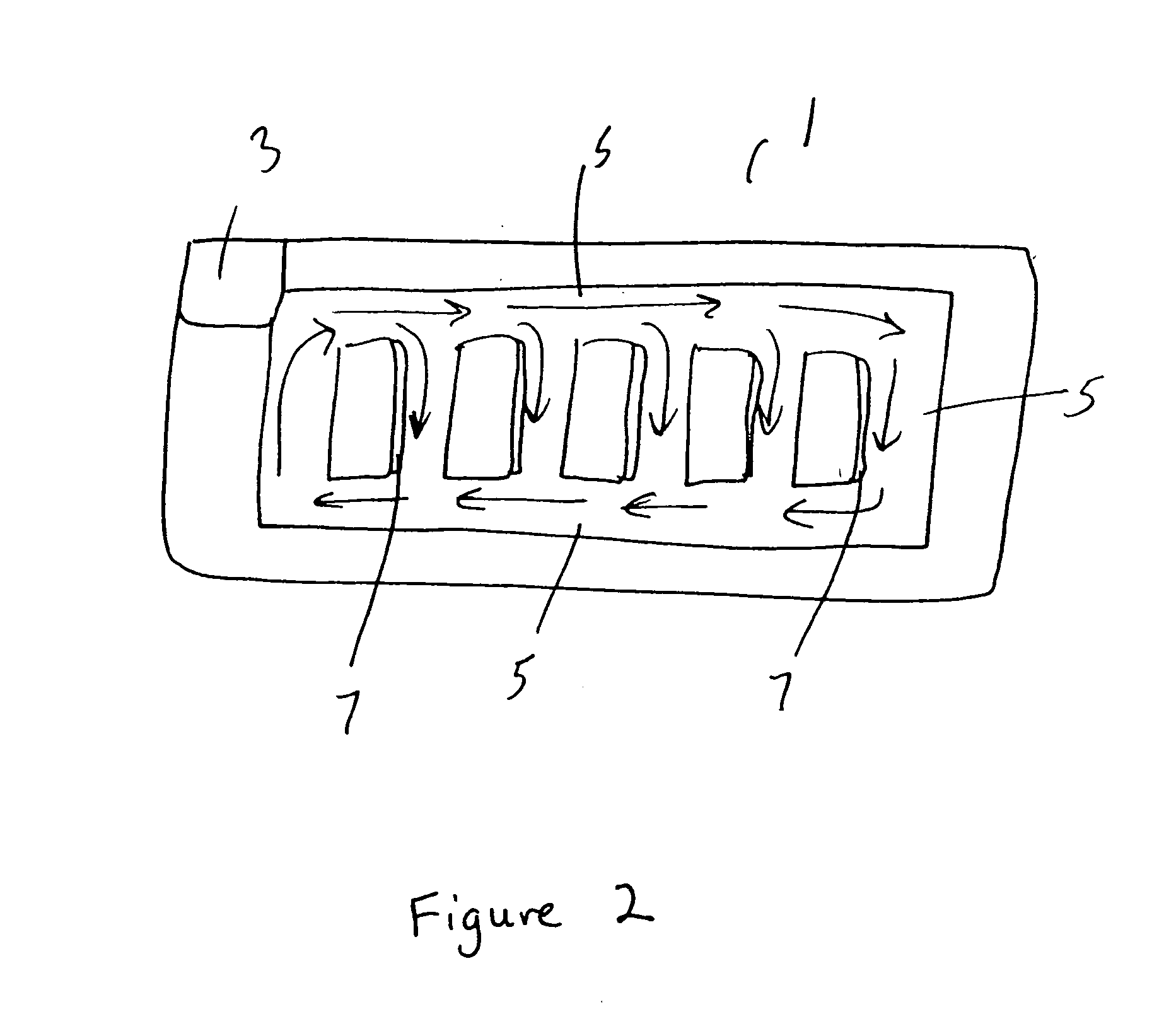Repetitive affinity separation and uses therefor
a target and affinity separation technology, applied in the field of separating, isolating, enriching or detecting target molecules, can solve the problems of ineffective sieving action of electrophoretic medium, specific problems of separation and detection, and only slight structural differences between target and non-target biomolecules, so as to enhance the total number of target molecules, enhance the efficiency of target recovery, and maintain the specificity of binding of target molecules
- Summary
- Abstract
- Description
- Claims
- Application Information
AI Technical Summary
Benefits of technology
Problems solved by technology
Method used
Image
Examples
Embodiment Construction
[0049] All technical and scientific terms used herein, unless otherwise defined below, are intended to have the same meaning as commonly understood by one of ordinary skill in the art. References to techniques employed herein are intended to refer to the techniques as commonly understood in the art, including. variations on ‘those techniques or substitutions of equivalent or later-developed techniques which would be apparent to one of skill in the art. In addition, in order to more clearly and concisely describe the subject matter which is the invention, the following definitions are provided for certain terms which are used in the specification and appended claims.
[0050] As used herein, the term “target molecule” means any molecule of interest in a sample that is desired to be detected, separated, isolated, or enriched relative to, non-target molecules within the test sample. Target molecules can include, without limitation, proteins, peptides, nucleic acids, amino acids, nucleosi...
PUM
| Property | Measurement | Unit |
|---|---|---|
| diameters | aaaaa | aaaaa |
| diameters | aaaaa | aaaaa |
| diameters | aaaaa | aaaaa |
Abstract
Description
Claims
Application Information
 Login to View More
Login to View More - R&D
- Intellectual Property
- Life Sciences
- Materials
- Tech Scout
- Unparalleled Data Quality
- Higher Quality Content
- 60% Fewer Hallucinations
Browse by: Latest US Patents, China's latest patents, Technical Efficacy Thesaurus, Application Domain, Technology Topic, Popular Technical Reports.
© 2025 PatSnap. All rights reserved.Legal|Privacy policy|Modern Slavery Act Transparency Statement|Sitemap|About US| Contact US: help@patsnap.com



